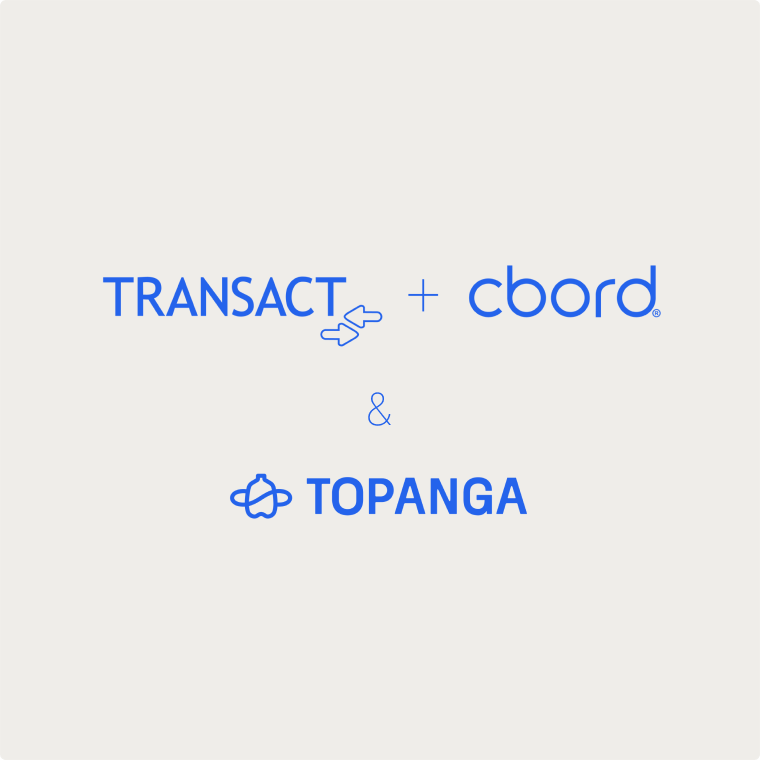
How to Successfully Implement New Foodservice Tools Without Overwhelming Your Team
With the right approach, rolling out new technology becomes the turning point that makes operations easier—from production tracking to waste management to team communication. Here's how to execute a successful foodservice software rollout without overwhelming your team.

In the fast-paced world of foodservice, implementing new tools can feel like swapping out the engine mid-flight. Between training teams, meeting service demands, and maintaining morale, new systems often get abandoned before delivering value.
But kitchen management system implementation doesn't have to fail. With the right approach, rolling out new technology becomes the turning point that makes operations easier—from production tracking to waste management to team communication.
Here's how to execute a successful foodservice software rollout without overwhelming your team.
Why Restaurant Technology Adoption Often Fails
Kitchen management system implementation faces unique challenges. Tight shifts, high turnover, and constant urgency leave little room for poorly planned change.
Common rollout mistakes that doom projects:
- Pushing software without involving end users in selection
- No clear connection between tool benefits and daily team experience
- Training that's too long, technical, or poorly timed
- Choosing systems that require excessive manual input
- Lack of ongoing support after initial launch
The result? Your investment becomes expensive shelfware, and teams lose confidence in future technology initiatives.
Even excellent systems fail without restaurant technology adoption strategies that prioritize user experience.
The Mindset Shift: From Mandate to Momentum
Successful implementations treat technology rollouts as behavior shifts, not mandates. Your team isn't just learning new software—they're being invited into improved workflows.
Frame implementation around team experience:
- What currently slows us down during service?
- Where do we lose time on administrative tasks?
- How can this system make daily work easier and more satisfying?
By centering rollout strategy on actual team pain points, you build foundation for genuine buy-in rather than compliance.
5 Keys to Successful Foodservice Software Rollout
1. Involve Your Team from Selection Through Launch
Include chefs, shift leads, and line staff in vendor demos and workflow decisions. Their input during selection prevents implementation surprises and builds ownership.
2. Design Just-in-Time Training
Skip lengthy orientation sessions. Use short, hands-on demos during actual workflows with in-context tips that build confidence quickly.
3. Start with High-Impact, Low-Friction Workflows
Automate waste logging. Digitize prep sheets. Focus on tasks where value appears immediately and additional effort stays minimal.
4. Gamify Early Adoption
Transform implementation into friendly competition. Offer recognition for early adopters, celebrate quick wins, and share progress metrics visibly across locations.
5. Measure and Communicate Success Early
Quantify improvements immediately: "Since rollout, we've reduced overproduction by 20% and saved 8 labor hours weekly" builds momentum better than any training manual.
Real-World Success: StreamLine Campus Implementation
One university system launched StreamLine across 8 dining locations with 30+ staff members. By focusing on single workflow—post-service waste tracking—they achieved:
- 155%+ daily compliance within a month
- >60% reduction in food waste over four months
- High team satisfaction: "This is actually easier than our old system"
- Sustained engagement tweleve+ months post-implementation
Why it worked: The rollout concentrated on one task, built muscle memory through repetition, and proved measurable impact before expanding to additional features.
Choosing Implementation-Friendly Systems
Foodservice software rollout success depends heavily on system selection. Prioritize platforms offering:
- Intuitive interfaces designed specifically for kitchen environments rather than adapted from other industries
- Flexible integration with existing POS, menu management, and scheduling systems (Jamix, CBORD, Toast, etc.)
- Comprehensive onboarding support including dedicated training resources tailored to foodservice operations
- Real-time feedback loops enabling immediate performance visibility and course correction
- Scalable complexity allowing teams to master basic functions before accessing advanced features
Implementation Timeline and Milestones
Weeks 1-2: Foundation Phase
- Staff interviews to identify current pain points
- Workflow mapping and system customization
- Champion identification and early engagement
Weeks 3-6: Launch Phase
- Limited rollout with core workflows only
- Daily feedback collection and rapid iteration
- Quick wins identification and celebration
Weeks 7-12: Full Deployment
- Systematic expansion across all planned functions
- Peer-to-peer training and mentorship programs
- Performance tracking and continuous optimization
Final Takeaway
Successful kitchen management system implementation isn't about activating every feature immediately. It's about helping teams feel confident, supported, and excited about improved workflows.
With thoughtful restaurant technology adoption strategies, your new platform becomes more than software—it becomes a competitive team advantage that drives operational excellence.
The difference between successful rollouts and expensive failures lies in prioritizing people alongside technology.
Ready to plan your implementation strategy? Schedule an implementation consultation today.
.svg)


